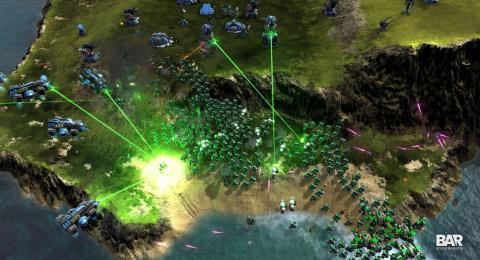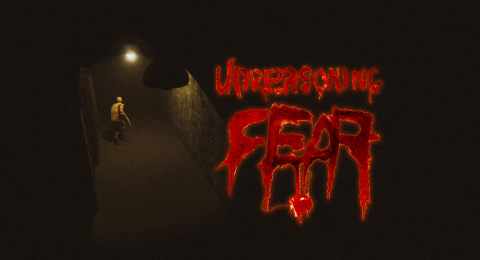
There’s no way to sugarcoat it -- I’ve been using the same rig for the better part of a decade now, and honestly, video games haven’t given me much of a reason to change that. Video games have somewhat plateaued in the last decade, and it means that I’m in absolutely no rush to upgrade my PC -- except in one very special case, but it seems like that won’t be the forward direction either.
I love PC gaming, and I’ve done a lot of it. But I started my gaming life as a console player, and I’ve seen a number of generations come and go. I remember being blown away by the differences in graphical fidelity between the PlayStation 2 and the original PlayStation console. Fast forward to the PlayStation 3, and hoo boy, it was worlds apart from its predecessor.
Jump ahead another generation to the PS4, and I’m finding the quantum leaps are a bit smaller. Sure, the PS4 clearly looks better than the PS3, but it’t nowhere near as big as it was. Jump ahead to the PS5, and honestly, I’m reduced to counting forehead wrinkles to tell the difference.
This was always going to happen, of course. Photorealism is the end goal for certain types of graphics, and as graphics get better, the demand on graphical systems is exponentially larger. So it needs a much larger jump in processing power to really show the differences we used to get.
Is this is a problem? Not really yet, no. But will it be? Absolutely. Graphics are perhaps the way for manufacturers to sell their newest consoles, and if they can’t point to a still image and show the real differences between the new and the old, what else are they to do? Sure, the differences will exist, but they’ll become so granular we’ll barely be able to see them.
But this problem isn’t alone. Gaming, as a whole, has stalled. Think of some of the biggest franchises in the world: The Elder Scrolls: Skyrim, Fallout 4, and Grand Theft Auto 5. Fallout 4 is seven years old, GTA5 is almost 10 years old, and Skyrim is 11 years old. All three of these games should have been retired some time ago, but they haven’t been.
Sure, it’s because people still play them and love them (and in GTA 5’s case, it makes tons of money), but that was true of the games that came before them. In any previous generation they would have been replaced years earlier. Part of the reason they’re still around is undoubtedly the fact that, well, all three still look pretty darn good.
It’s for this reason I haven’t felt the need to update my PC components at all. My rig, outside of a recent SSD purchase, is now achingly old. My processor, motherboard, and GPU were all bought in 2014. Despite gaming a lot in the intervening years, I’ve never once felt the need to upgrade. I’ve been able to play anything I’ve wanted to play, and nothing has felt slow or outdated during any of my sessions.
So where do video games go from here? It’s a tough question, and one that doesn’t have a single answer. It’s obvious that there’s a ceiling for visual fidelity -- nothing can look better than real life, at least in terms of pure quality. Unique visual styles are a good way to go, and most of the best looking games have a style all their own. Or they’re Minecraft.
What about making games bigger? Well, developers tried that, and we ended up with games like Assassin’s Creed Valhalla. Amazing games, but way too big. Gamers are desperate for something smaller, since not everyone has hundreds of hours to sink into a new game.
Well then, what about something else entirely, then? Virtual reality has been decades in the making, but it’s finally here. Consumer-level VR tech, while not commonplace, is far more available than it's ever been before, and it’s not an exaggeration to say we’re on the cusp of a revolution. VR is probably the only place we’re going to see huge jumps that’ll require a leap forward in hardware strength.
At least, it would have been before it turned out it’s difficult to work out. Being in VR is incredible, and there’s no shame in admitting I cried the first time I undocked in Elite Dangerous VR. But VR headsets are big, and setting them up is fiddly. Sony recently cut PS VR2 order numbers hugely because the demand just isn’t there, and most VR owners admit they don’t use it anywhere near as much as they should.
So what’s left? Perhaps the biggest recent gaming success story: All-new portable gaming. The Nintendo Switch and Steam Deck have been massive successes, and they’re proving there’s something in a more accessible form of gaming. Demand is still high, even after selling millions of units, proving the need is there.
Will the Steam Deck and Nintendo Switch blaze a way to showing how gaming can escape its current stagnation? We’ll have to wait to find out, but judging by sales, it could well be. But if I’m honest, my heart wants VR. But manufacturers need to focus on making the existing tech smaller, because otherwise, portable consoles will win.








